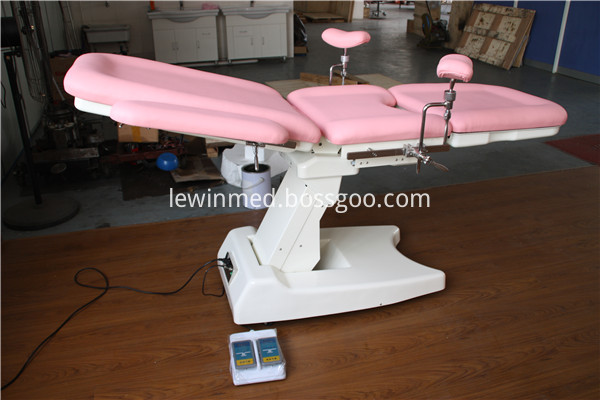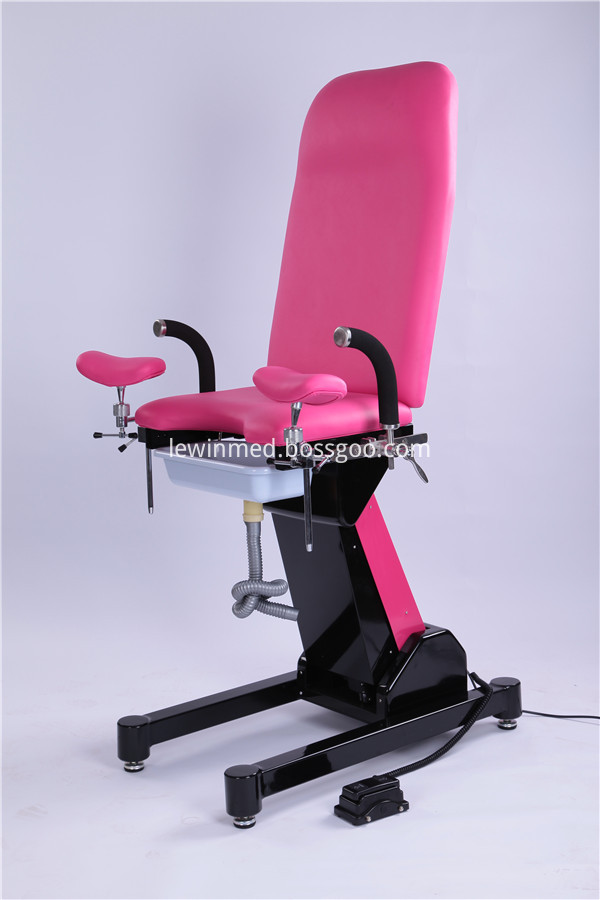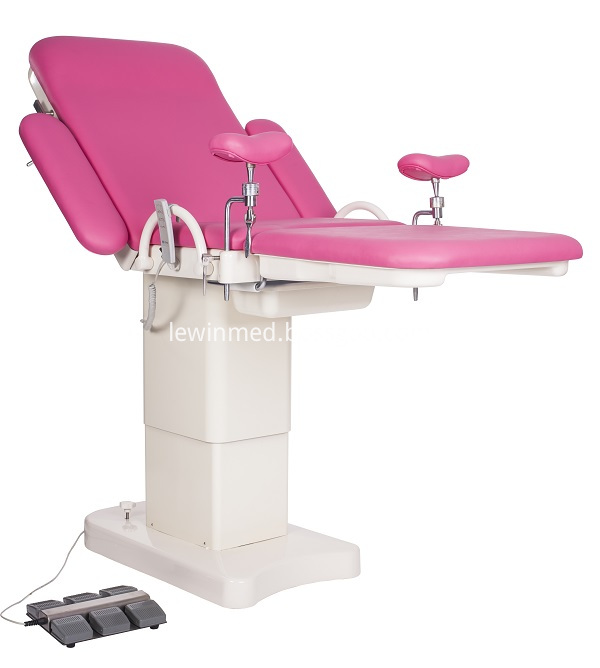Hydraulic oil pollution and hazards
First, the oil mixed with water 1. Way to enter moisture in oil (1) Due to the alternating cold and hot water, the fuel tank cover condenses moisture in the air into drops of water. 2. Harm of oil mixed with water (1) After a certain amount of water is mixed in the oil, the hydraulic oil will emulsify in a white turbid state. If the hydraulic oil itself has poor anti-emulsification capability, after a certain period of quiescence, the moisture cannot separate from the oil, leaving the oil in a state of cloudiness. This turbid emulsified oil enters the interior of the hydraulic system, which not only rusts the interior of the hydraulic element, but also reduces its lubricating performance, which results in increased wear of the parts and reduced efficiency of the system. Second, the oil mixed with various impurities The solid particles in the oil are mainly in the form of particles. Some of these impurities are residual during the processing and assembly of components, some are generated during the working process of hydraulic components, and some are derived from the intrusion of external impurities. The hazards are: 1. Various particulate impurities in the oil can cause damage to the pump and motor. When foreign particles enter the gear end face of the gear pump or gear motor and between the side cover side plates, the top of the tooth and the housing, or when foreign particles enter the vane or vane slot of the vane pump or vane motor, the rotor end face and the oil distribution Between the disk, stator and rotor (vane top), or when the foreign particles enter the piston or piston motor piston and plunger cylinder bore, the rotor and the oil pan, slipper and swashplate, variable mechanism When sliding between pairs, it may cause stuck failure. Even if it does not cause a stuck failure, wear can be exacerbated. Contaminant particles may also block the oil filter before the pump, causing cavitation or multiple concurrent failures of the pump. (1) The contaminants block the oil filter, causing the oil pump to evaporate, creating vibration and noise. Third, the air in the air oil intrusion comes mainly from the loose pipe joints, not close to the components of the joint surface, exposed on the oil surface of the oil pipe and the seal failure, the oil exposed to the atmosphere will be dissolved in air. In addition, when the amount of oil in the tank is small, the circulation of the hydraulic oil is accelerated, so that it is difficult to eliminate air bubbles. At the same time, the depth of the “oil pump†of the oil pump suction pipe is also insufficient to allow air to enter easily. The air mixed into the hydraulic system is usually suspended in the hydraulic oil in a bubble state with a diameter of 0.05 to 0.50 mm, which has a serious influence on the volumetric elastic modulus of the hydraulic oil in the hydraulic system and the viscosity of the hydraulic oil, and increases with the pressure of the hydraulic system. High, some mixed with air-soluble hydraulic oil, the rest still exists in the gas phase. When the amount of mixed air increases, the volume elasticity coefficient of the hydraulic oil drops sharply, the pressure wave propagation speed in the hydraulic oil decreases, and the dynamic viscosity of the oil increases linearly. The air suspended in the oil is combined with the hydraulic oil to form a mixed liquid. The stability of this oil depends on the size of the air bubbles and has a significant impact on the hydraulic system. Vibration, noise, pressure fluctuations, and hydraulic components may not occur. Stable and moving parts are subject to crawling, commutation shocks, inaccurate positioning, or inaccurate movements. At the same time, power consumption is increased, oil oxidation is accelerated, and oil lubrication performance is reduced.
Multifunctional Obstetric Examination Bed
is for the modern hospital elaborates designed with childbirth, gynecologic
operation, diagnosis and examination, including emergency caesarean section in
a variety of medical functional bed. Obstetric Table table selection of high quality polyurethane foam, leather
bags, easy cleaning and disinfection. We have R&D center in Shandong, Shanghai, Shenzhen to launch new products to meet the needs for hospital every year. We have more than 50,000 square meters workshop and R&D building, which is characterized by high quality products and advanced technology.
Obstetric Table Obstetric Table,Gynecologic Table,Woman Delivery Table,Gynecological Table Shandong Lewin Medical Equipment Co., Ltd. , https://www.operatinglight.nl
(2) Damage to the seal of the cooler or heat exchanger or cracking of the cooling pipe causes water to leak into the oil.
(3) The damp air entering the system through the hydraulic cylinder rod seal is condensed into water droplets.
(4) The water absorbed by the person when it is used in oil and the water absorbed by the body when the oil is exposed to moisture.
(2) After the iron metal in the hydraulic system is rusted, the peeling rust flows in the hydraulic system piping and the hydraulic components, spreads and spreads, and will cause internal rust in the entire system, resulting in more flaking rust and oxides.
(3) Water also reacts with certain additives in the oil to produce contaminants such as precipitates and colloids, accelerating the deterioration of the oil.
(4) Sulfuric acid and hydrochloric acid are produced by the action of sulfur and chlorine in water and oil, which aggravates the abrasive wear of the components, accelerates the oxidative deterioration of the oil, and even produces a lot of sludge.
(5) These water contaminants and oxidation products become catalysts for further oxidation, eventually resulting in blockage or jamming of hydraulic components, causing malfunction of the hydraulic system, blockage of the oil distribution pipe, decrease in the efficiency of the cooler, and clogging of the oil filter. malfunction.
(6) In addition, at low temperatures, the water condenses into tiny ice particles, which can easily clog the gaps and dead ends of the control elements.
2. Various particulate impurities in the oil can cause damage to the hydraulic cylinder. Impurities in the particles cause strain and wear on pistons and cylinders, piston rods and cylinder head bores, and sealing elements. This increases the amount of bleed oil, reduces volumetric efficiency and effective thrust (pull), and traps pistons or rods if particulate matter is trapped. , will cause the cylinder to not move.
3. Contaminated particles in oil can cause damage to various valve components. Contaminant particles may cause the slide valve to jam or throttling 121 to block, resulting in malfunctioning of the valve. Even if there is no jamming or plugging failure, the contaminating particles will cause premature wear of the valve elements, which will increase clearance and performance.
4. Contaminants breed bacteria, exacerbating the aging of the oil, causing the oil to become black and odorous and further polluting. Such a vicious cycle may have the following consequences:
(2) Contaminants increase the friction of the cylinder or motor and cause crawling.
(3) The contaminants completely disable the components such as servo valves that have poor contamination resistance.
(4) Contaminants clog the pressure gauge channel so that the pressure cannot be properly transmitted and reacted. 

